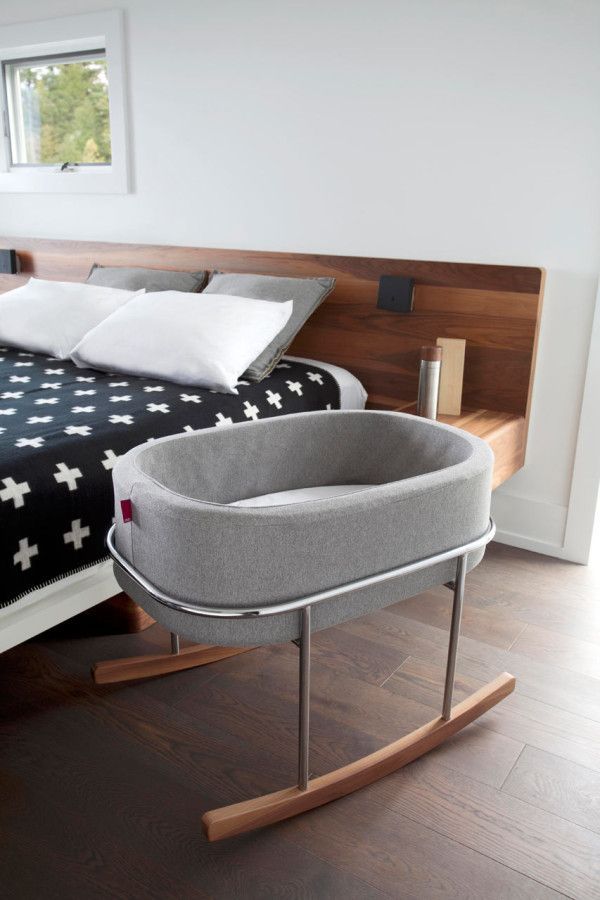
Nursery furniture design focuses on creating a safe, functional, and aesthetically pleasing environment for infants and young children. The design of nursery furniture such as cribs, changing tables, rocking chairs, and storage solutions is carefully considered to meet the specific needs of parents and children. Safety is a top priority in nursery furniture design, with products often meeting strict safety standards to protect children from injury. Functionality is also important, with furniture designed to provide ample storage solutions and to make daily care routines such as diaper changes as easy as possible for parents. In terms of aesthetics, nursery furniture is often designed with bright colors, fun patterns, and whimsical shapes to create a cheerful and inviting space for children. Overall, nursery furniture design plays a crucial role in providing a comfortable and nurturing environment for young children to grow and thrive.
Designing nursery furniture is an important aspect of creating a nurturing and comfortable environment for babies and young children. From cribs to changing tables to rocking chairs, each piece of furniture plays a crucial role in providing a safe and functional space for both babies and parents. Nursery furniture design involves not only creating aesthetically pleasing pieces, but also prioritizing durability, safety, and ergonomics. It is essential to consider the needs of the child as well as the convenience of the caregiver when designing nursery furniture.
When designing nursery furniture, it is important to take into account the specific needs of infants and young children. For example, cribs should be designed with safety features such as sturdy construction, non-toxic materials, and adjustable mattress heights. Changing tables should be at a comfortable height for caregivers and have ample storage space for diapers, wipes, and other essentials. Rocking chairs should offer proper back support and have smooth, gentle gliding motion for soothing babies to sleep. Each piece of nursery furniture should be thoughtfully designed to enhance the overall functionality and comfort of the nursery.
In addition to functionality, ergonomics, safety, and durability are also important factors to consider when designing nursery furniture. Furniture pieces should be designed with rounded edges, non-toxic finishes, and sturdy construction to ensure the safety of young children. Ergonomic design elements such as adjustable heights, easy-to-reach drawers, and comfortable seating options can greatly enhance the usability of nursery furniture for both children and caregivers. Additionally, choosing durable materials such as solid wood or high-quality metal hardware can ensure that nursery furniture will withstand the wear and tear of daily use. Overall, nursery furniture design should prioritize safety, functionality, comfort, and longevity to create a nurturing and welcoming space for babies and young children.
 Decoration Ideas
Decoration Ideas







